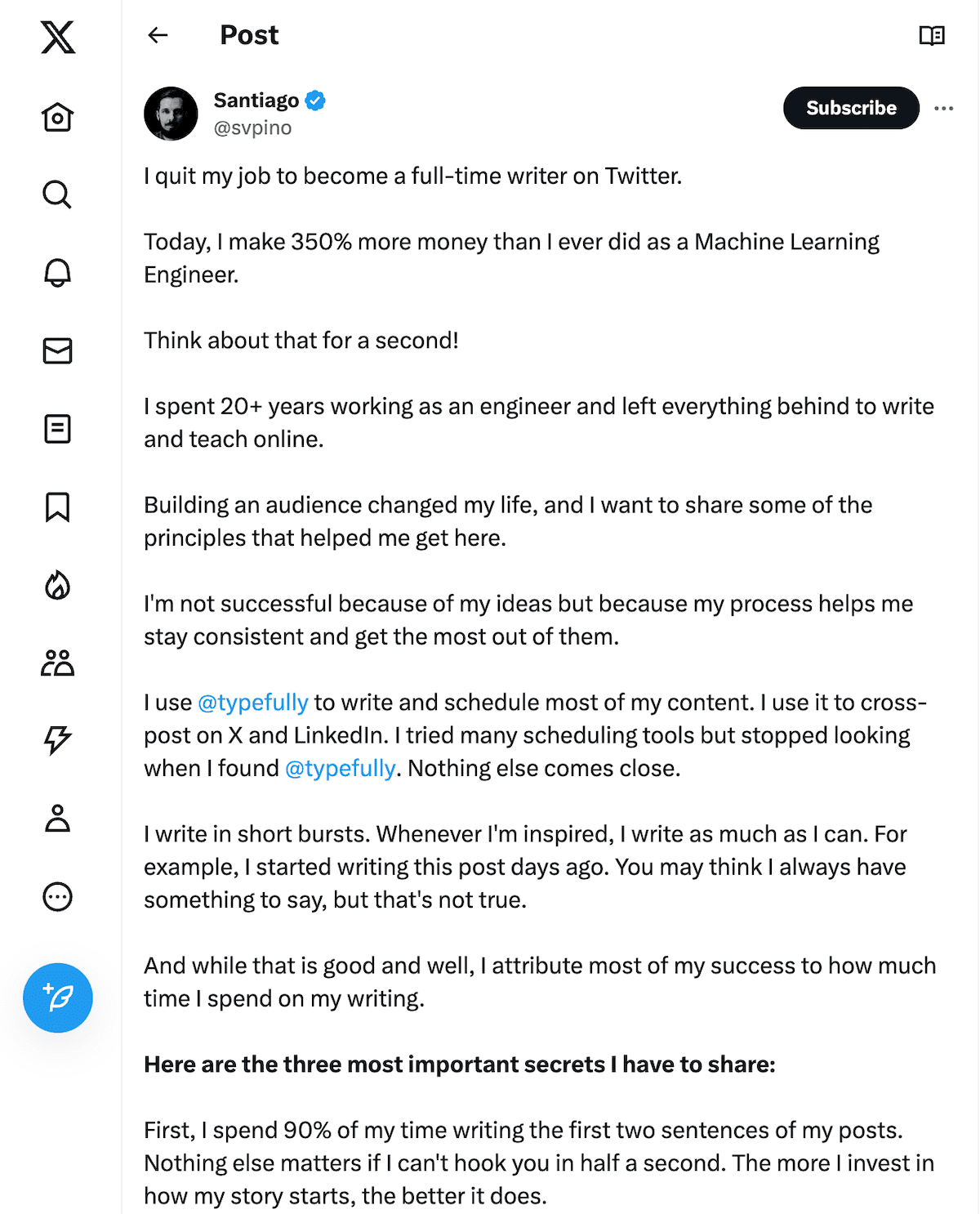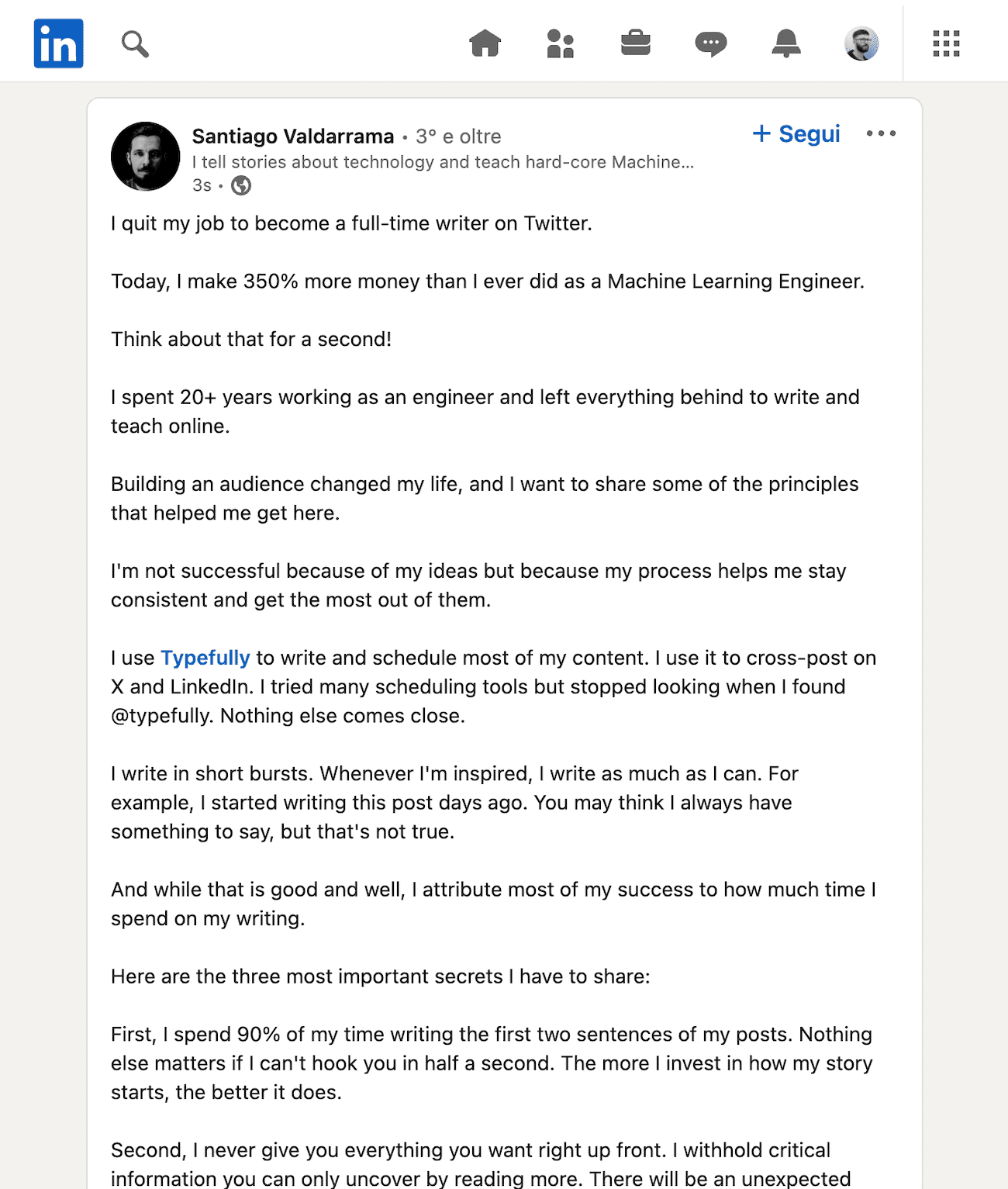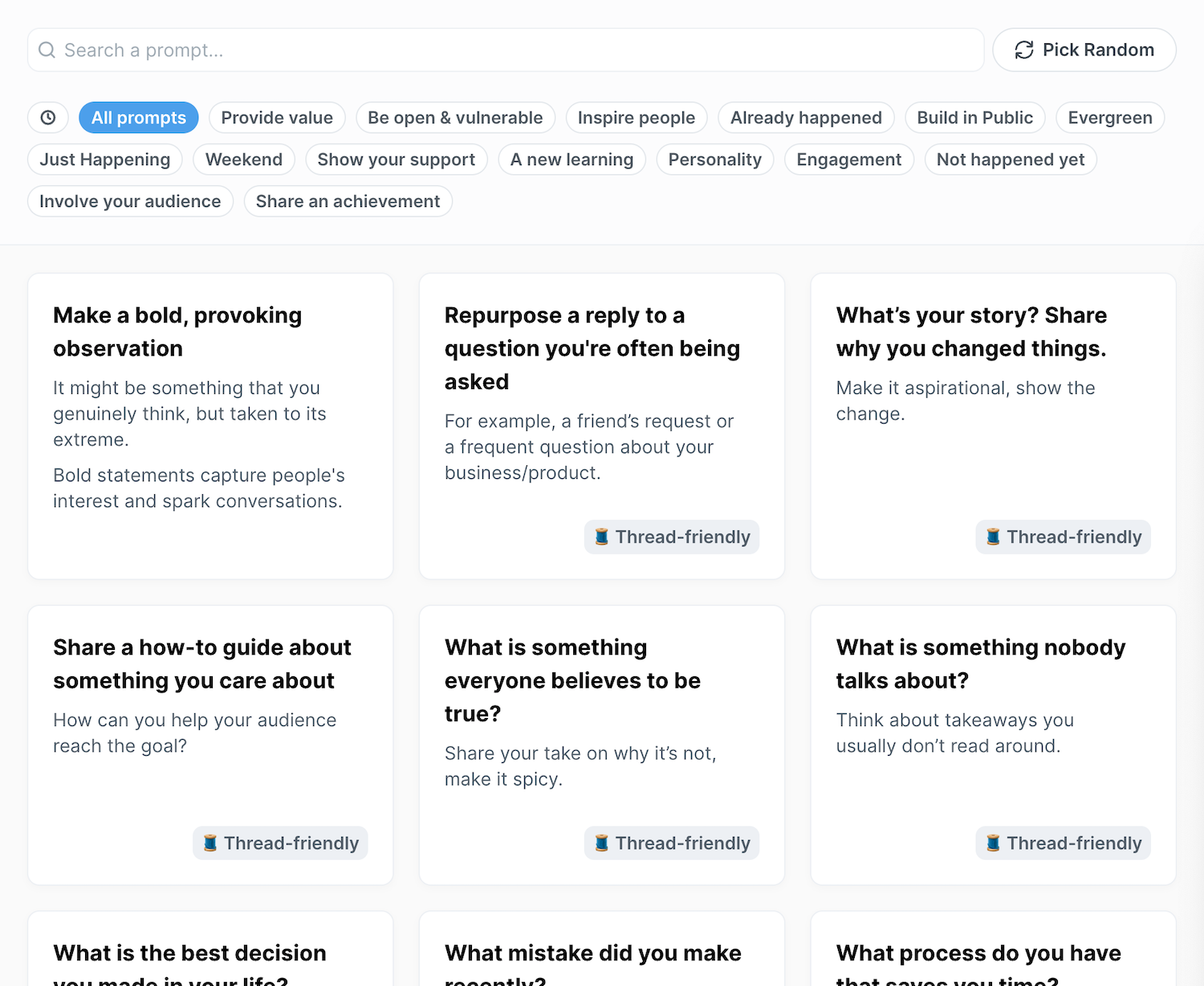(1/25) @ethereum Roadmap: @eigenlayer and Trustless Services
Re-staking is coming to change Etheruem, forever. Learn how this new paradigm will enable a new category of services and transform $ETH into the pristine collateral of trustless trust.
A few ideas worth building.
(2/25) More of a long-form reader? No problem!
Check out this same article at its permanent home on my website, Inevitable Ethereum!
inevitableeth.com/en/home/ethereum/upgrades/middleware/eigenlayer/services
(3/25) @ethereum is the World Computer, a globally shared computing platform that exists in the space between a network of 1000s of computers (nodes).
These nodes are real computers in the real world, communicating directly from peer to peer.
inevitableeth.com/home/ethereum/world-computer
(4/25) The purpose of the greater @ethereum apparatus is to offer a single shared computing platform - the Ethereum Virtual Machine (EVM).
The EVM provides the context for transactions (computation); everything you "do" on-chain happens within the EVM.
inevitableeth.com/en/home/ethereum/evm
(5/25) Each node runs a local version of the EVM, which is then held perfectly in sync with every other copy of the EVM through a process called Proof of Stake (PoS).
Any individual EVM is a window into the shared state of the World Computer.
inevitableeth.com/home/ethereum/network/consensus/pos
(6/25) There are a lot of ways to think about PoS, but let's take a step back and think big picture.
Taken all together, @ethereum is decentralized and untrusted, but if you look under the hood you'll find that every step is predicated on a centralized entity (validator).
(7/25) When it comes down to it, proposing or attesting to a block is an action that an individual actor needs to take.
PoS is the system that takes the implicit trust assumptions we need to make in each actor and transforms it into an economic-rationality assumption.
(8/25) Enter crypto-economics: cryptography + economic models combined to create secure, transparent and immutable systems.
We can use crypto-economics to express how secure a system is; in PoS, security is a reflection of staked capital.
inevitableeth.com/en/home/concepts/crypto-economics
(9/25) By recognizing @ethereum PoS as a crypto-economic system, we can easily realize that PoS is applicable to many more systems than just securing a blockchain.
We can use this same principle to transform ANY centralized trust assumption into a crypto-economic one.
(10/25) Opinion: crypto-economic systems, particularly PoW and PoS, are the most important gift of Satoshi.
PoW was the prototype, PoS the delivery.
These systems not only secure @ethereum, they provide the incentives needed to keep the World Computer running in perpetuity.
(11/25) But here's the thing about crypto-economic systems: they are directly dependent on the capital locked up in each specific system.
Each time we create a new system (PoW, PoS or anything else), we fracture the capital that is interested securing crypto-economic systems.
(12/25) The more systems we add, the less capital available to any single one. Think about L1s; imagine if all that crypto-economic value was concentrated into one place.
Enter @sreeramkannan's paradox: a world with more PoS systems is a less secure, more trusted world.
(13/25) @sreeramkannan identified the issue, but he didn't stop there; he created @eigenlayer to solve it.
EigenLayer allows a validator to place their $32 ETH under additional slashing conditions in exchange for providing a centralized service.
inevitableeth.com/en/home/ethereum/upgrades/middleware/eigenlayer
(14/25) This process, called re-staking, replicates the crypto-economic magic of PoS for any service but uses $ETH as the staked capital.
Using @eigenlayer, a centralized service can become trustless by executing against re-staked capital... without needing to issue a token.
(15/25) We live in a world cluttered by PoS systems; each one less secure than they could be.
@eigenlayer brings us a step closer to the endgame, when $ETH is the pristine collateral of trustless trust.
The purpose of $ETH: to imbue trustlessness.
inevitableeth.com/en/home/ethereum/world-computer/endgame/trustless-trust
(16/25) At this point you must be asking yourself: what kinds of centralized services are you talking about? Who would be interested in "imbuing trustlessness?"
I've got a few ideas to share (some from @sreeramkannan himself), but this is the beginning of a new category.
(17/25) Rollups, bridges and oracles are all services that require a centralized entity to take action on behalf of its users.
Rather than securing each service with its own token, all can use $ETH.
inevitableeth.com/home/ethereum/upgrades/scaling/execution
inevitableeth.com/en/home/concepts/bridge
inevitableeth.com/home/concepts/oracle
(18/25) But @eigenlayer isn't just about consolidating trustless trust into $ETH for these kinds of existing services. EigenLayer opens up an brand new innovation surface for a whole new category of @ethereum-based, trustless services.
Let's start close to the EVM.
(19/25) One of the rules of the EVM is that every action must be initiated by an entity outside of the EVM; a smart contract cannot automatically activate.
Put another way, a private key must sign a transaction and pay for gas before anything can happen within the EVM.
(20/25) Imagine a world where there is plenty of capital available for re-staking. Now imagine a centralized service that watches the EVM, ready to make transactions on behalf of users.
Limit orders, liquidations, etc.
Untrusted, general purpose EVM triggers.
(21/25) Another idea requires some low level knowledge - apologies for those I lose along the way.
Verifying a SNARK has a theoretical minimum amount computation. If we want to verify an SNARK within the EVM, even in the best case scenario, it's going to take a lot of gas.
(22/25) I'm def not the expert, but I've been told it's going to take at least 1-2MM gas to verify a SNARK within the EVM.
The implication: the maximum SNARK throughput of @ethereum is ~12-15 SNARKs/slot -> ~1 SNARK per second.
This will become a significant bottleneck.
(23/25) Now let's return to our imaginary world where there is a ton of re-staked capital available.
We could build a centralized SNARK prover, capable of proving (basically) infinity SNARKs/second. Instead proving within the EVM, we prove off-chain and then post a commitment.
(24/25) At any point, someone can submit a challenge (and a challenge bond), identifying a specific SNARK and asking the @eigenlayer smart contract to verify it within the EVM.
If it verifies, the bond is confiscated. If it does not verify, the SNARK prover is slashed.
(25/25) From here, the sky's the limit.
Shipping containers, climate sensors, driverless cars... maybe even artificial intelligence. Anything that exists in the real world and could benefit from untrusted trust.
All secured by (and adding to) the value of $ETH.













